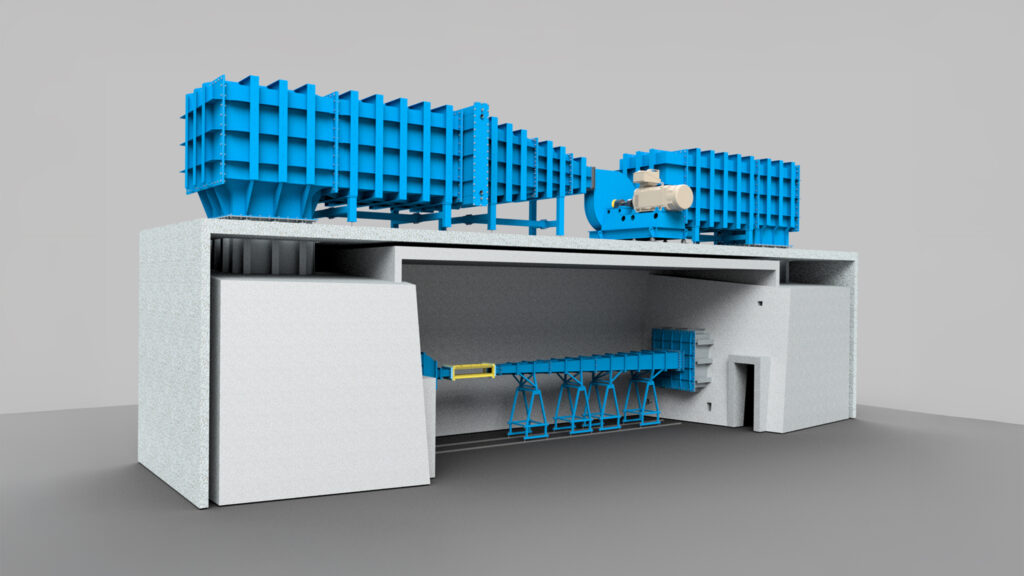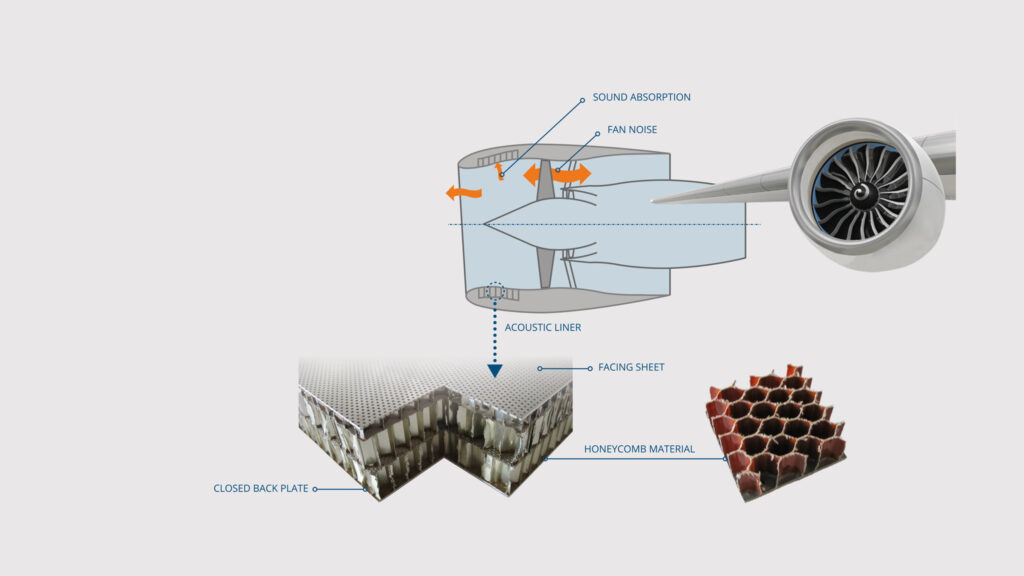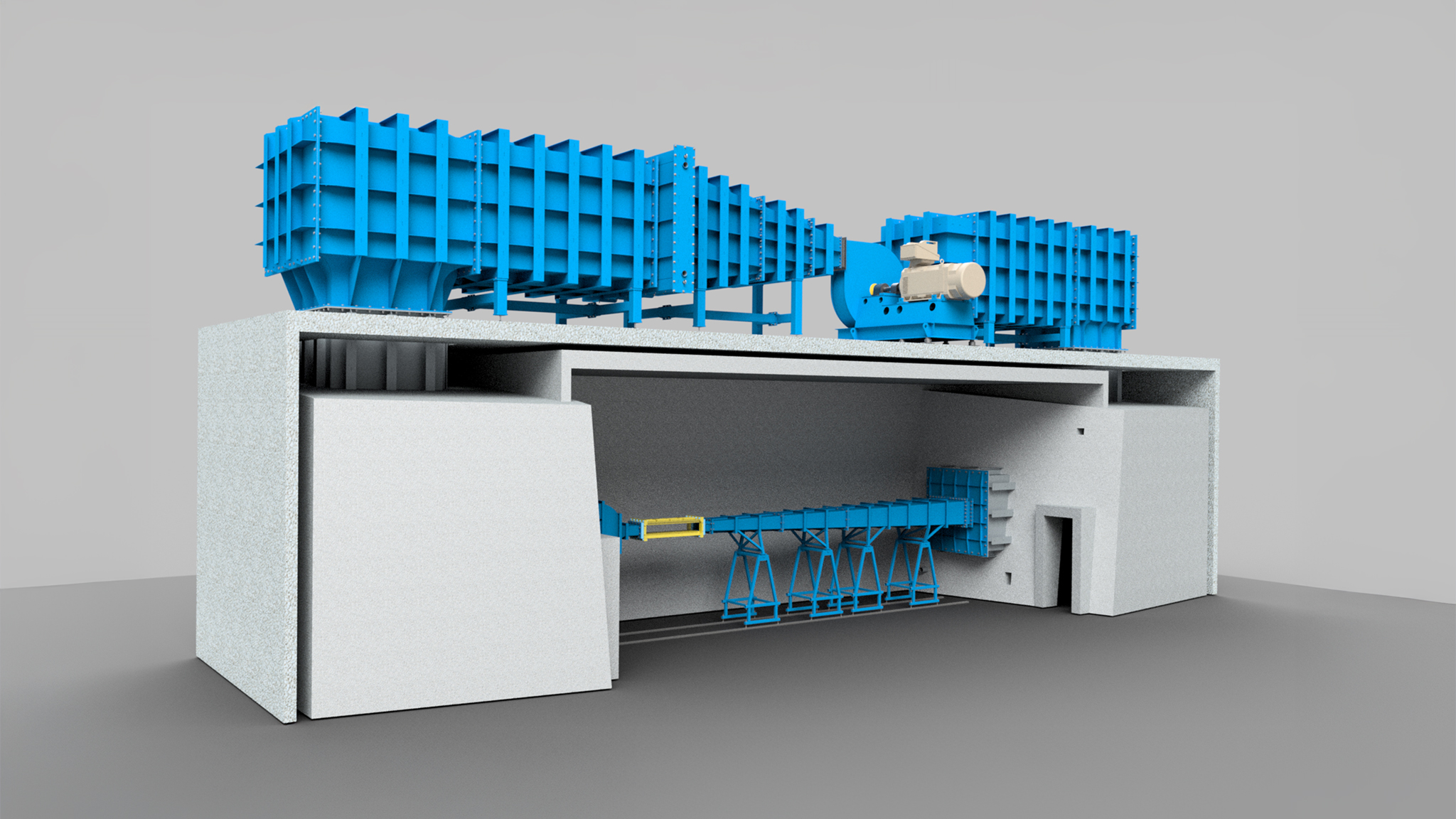The Flow Duct Facility (FDF) is suitable for measuring sound absorption (e.g. liners), insertion loss and small-scale high-speed aerodynamic measurements. . For this facility, advanced measurement methods have been developed to determine the properties of sound-absorbing materials, such as measurements of acoustic impedance and measurements to determine the sound absorption of liners.
In addition, we map qualitative and quantitative complex air flows using various flow measurement techniques such as particle visualization (PIV), velocity measurements with scanned pitot tubes, and hot-wire measurements.
The NLR-FDF is used to serve aircraft manufacturers and their suppliers. Wind tunnel operators and small and medium-sized enterprises can also utilize this facility. Research projects in this facility focus on the dynamic interaction of sound and (liner) materials, and air resistance measurements of various substrates and sound-absorbing materials
Main features
- A closed-loop wind tunnel
- Test section of 0.15 x 0.3 m (bxh)
- Wind tunnel speeds up to Mach 0.8 (274 m/s)
- Multiple speakers for generating sound, high amplitude and wide frequency range from 200 to 6000 Hz.
- Various types of microphones and pressure measurement systems
- Various dynamic acquisition systems (up to 200 kHz) for acoustic or other instable measurements
- Lasers and high-speed cameras for flow visualization techniques
- Boundary layer probes for measuring boundary layers
- PIV equipment for visualizing aerodynamic and aero-acoustic flow phenomena


